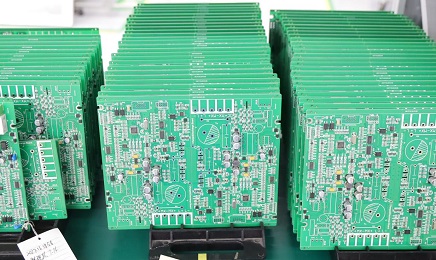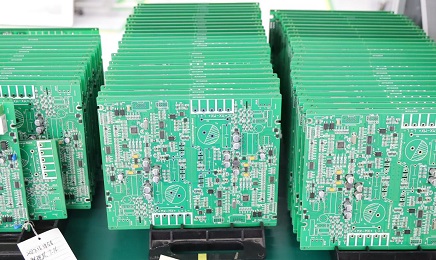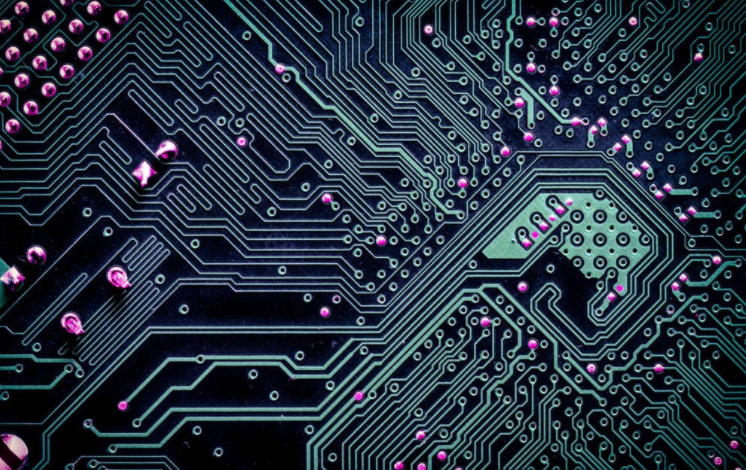
Characteristics of metal core printed board
In pcba manufacturers, the conventional pcbsubstrate with heat dissipation is generally a poor conductor of heat. the heat emission of insulating materials between layers is very slow. the internal heating of various electronic equipment and power supply equipment cannot be eliminated in time, resulting in high-speed failure of components. The metal core printed circuit board has good heat dissipation. The metal core has large heat capacity and high thermal conductivity, which can quickly dissipate the heat inside the board. If the metal core is connected with the shell and the external radiator, the heat dissipation effect will be better. As the electronic equipment and communication system are made of metal core printed boards, the fans in the equipment can be eliminated, the size of the equipment is greatly reduced, and the efficiency is improved, which is especially suitable for electronic equipment with closed cases.

Thermal expansion, thermal expansion and cold contraction are the common properties of materials, and different materials have different thermal expansion coefficients. The printed board of PCBa manufacturer is a composite material composed of resin, reinforcement material and copper foil. Its thermal expansion coefficient is bidirectional. In the X-Y direction, the CTE of pcba processing printed board is 13 × 10- 6~18 × 10 - 6/℃, 80 in the plate thickness direction (Z-axis direction) × 10- 6~90 × 10 - 6/℃, while CTE of copper is 16.8 × 10 - 6/℃, CTE of sheet ceramic body is 6 × 10- 6/ ℃。 From these data, it can be seen that the CTE of the metallized hole wall of the printed board of the PCBA chip processing factory and the connected insulating substrate in the Z-axis is very different. If the generated heat cannot be removed in time, the thermal expansion and cold contraction will easily cause the metallized hole wall coating to crack or break. When soldering ceramic chip carrier devices on PCBs, due to the difference between devices and PCB materials CTE, long-term stress will lead to solder joint fatigue fracture. The thermal expansion rate of metal core printed circuit board is small, and its size is much more stable than that of insulating material printed circuit board as the temperature changes. Aluminum based printed boards and aluminum sandwich printed boards are heated from 30 ℃ to 140~150 ℃, and the size change is only 2.5%~3.0%, which can meet the welding reliability requirements of ceramic chip carrier devices.
The electromagnetic shielding metal core printed board also has the shielding function, especially the CIC core board has good anti electromagnetic interference performance. It can not only replace the radiator and other components, effectively reduce the area of the printed board, but also has the role of electromagnetic shielding, which can improve the electromagnetic compatibility of products and reduce production costs.






